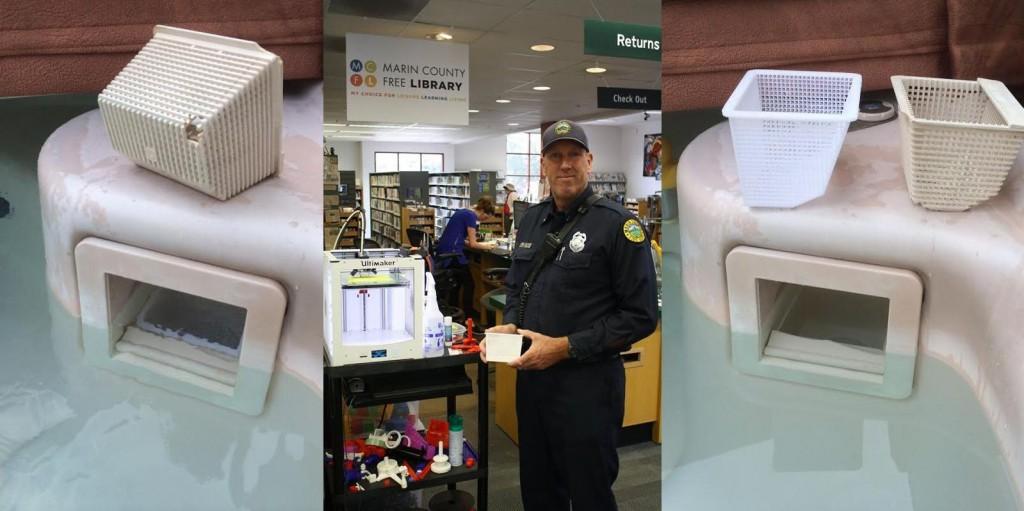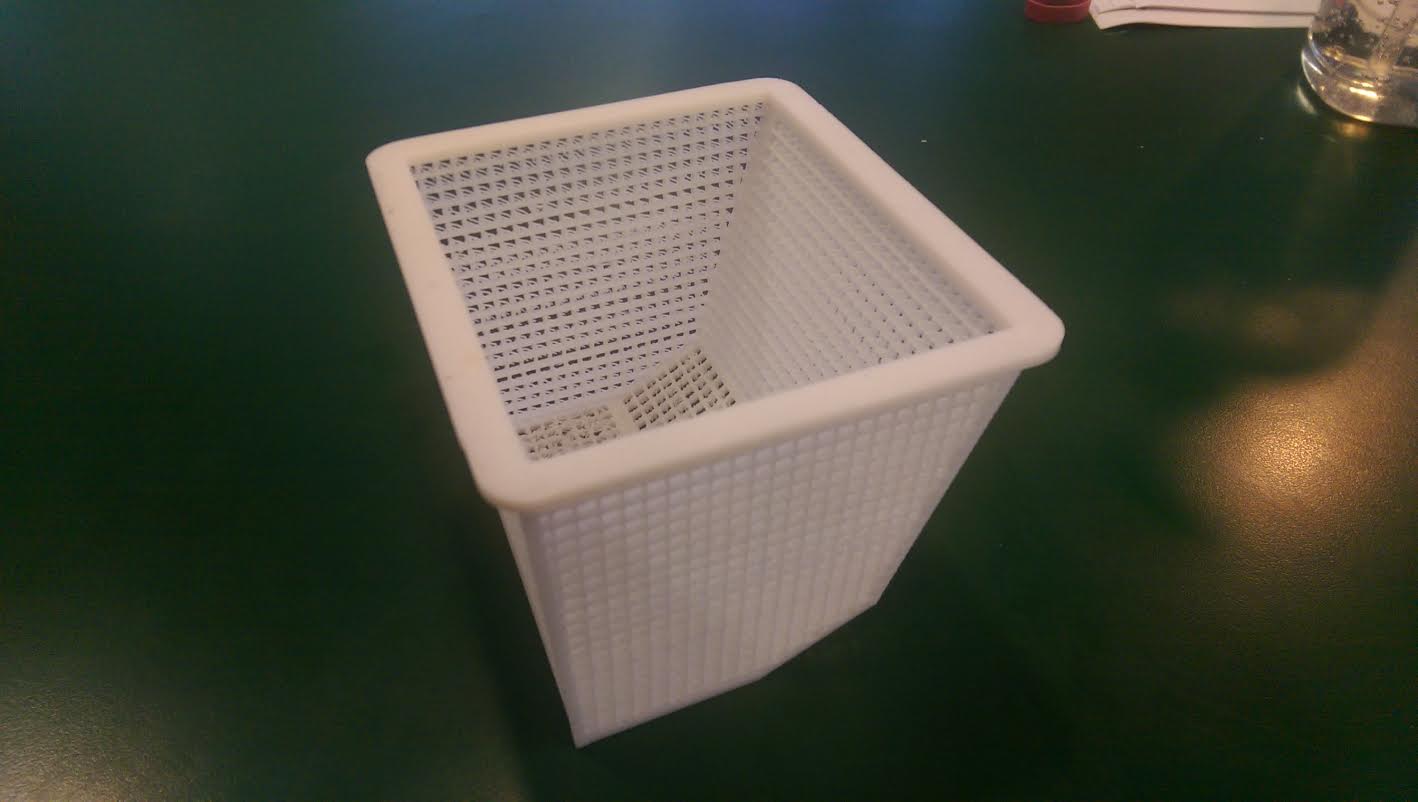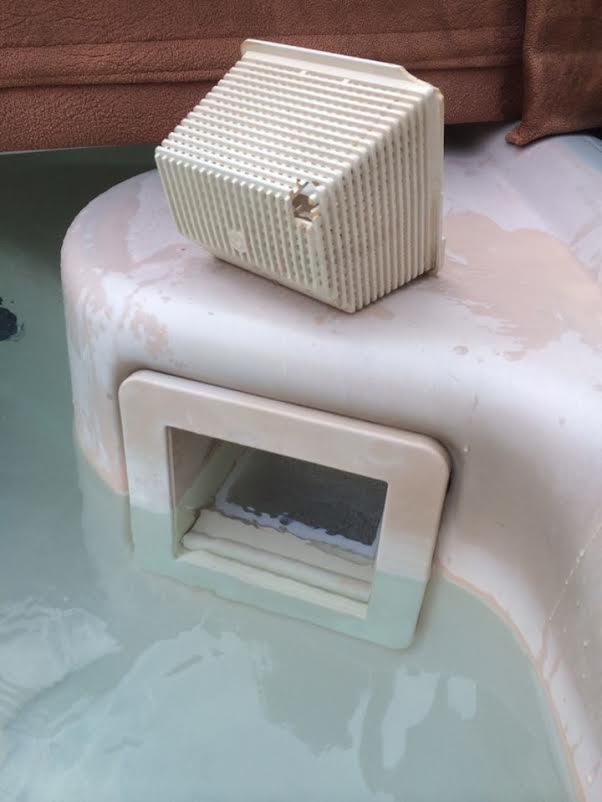 We’ve seen 3D printed air conditioners, couches, bicycles, cars, and even houses. Each and every day we are surprised by yet another use for this incredible technology which very few had even heard of a few years ago. For one library in Marin County, California, 3D printing has become quite popular.
We’ve seen 3D printed air conditioners, couches, bicycles, cars, and even houses. Each and every day we are surprised by yet another use for this incredible technology which very few had even heard of a few years ago. For one library in Marin County, California, 3D printing has become quite popular.
 There has been a lot of talk about the fact that libraries are beginning to fade away as people now tend to use the internet for most of their research. This may be the case to a certain extent, but just like other aspects of our lives, as technology changes and improves, we as a people need to evolve as well. Individuals at the Marin County Free Library have realized this, and they have been helping their library evolve to current times via 3D printing technology.
There has been a lot of talk about the fact that libraries are beginning to fade away as people now tend to use the internet for most of their research. This may be the case to a certain extent, but just like other aspects of our lives, as technology changes and improves, we as a people need to evolve as well. Individuals at the Marin County Free Library have realized this, and they have been helping their library evolve to current times via 3D printing technology.
“I’ve been working for the Marin County Free Library for 11 years running a program called the Webstars,” Etienne Douglas tells 3DPrint.com. “The program is modeled after the explainers program at the Exploratorium. I hire high school students and I train them in a wide range of different technologies and they in turn teach classes, learn general library tasks, [and] help patrons on the public computers, and general job skills.”
Douglas’ co-worker decided that the library should really have a 3D printer on hand, based on other libraries’ great results utilizing the technology. In fact, the library that they modeled their program after, Sunnyvale Public Library, had informed them that their 3D printers were booked solid for 6 straight months. With the help of library director Sara Jones, the team at Marin Country Free Library decided to begin offering 3D printing to their patrons as well.
One of these patrons was a local firefighter (who will remain nameless) who managed to get an appointment to use the library’s 3D printer. He brought in a broken pool filter to see if it was possible to recreate a new one using these 3D printers. First, Douglas tried to 3D scan the broken model, but quickly found that this method was not all that feasible. The scanner was not able to scan the object uniformly, as it left one side thinner than the other. It also was not able to scan the holes in the filter correctly. After many failed print jobs, Douglas decided to take another approach.
“I decided to design the basket from scratch,” Douglas tells us. “I used the Tinkercad software, and recreated the part by looking up the dimensions. That was the easy part. The fireman had taken the original, so I couldn’t get the angles of the basket by measuring it. This was going to be difficult because each side was angled, and the bottom had two angles. Since I had the bottom widths and top widths I could center the bottom and make the sides fit by angling the sides until each met at the bottom and the top. After all this, I had a very clean design that was uniform.”
So it was now off to try and 3D print the filter basket. Douglas quickly found out that the print job would not work at first because the amount of holes on the object were causing the Ultimaker 2 3D printer’s feeder to retract.
“This caused the feeder to wear a groove into the filament,” he explained. “I turned the retraction off and it worked! I was really proud of the finished product. It felt much stronger than the original. We used PLA plastic because we can’t use ABS in an enclosed public area due to the toxic nature of ABS in non-ventilated areas. I requested that the fireman send a picture of the finished product installed and he did. He said it works great and fits perfectly.
 In all, it took about 17 hours to complete the print, and both Douglas and the local firefight were extraordinarily happy of the results. It cost a measly $1.98 in filament to create this filter basket, which normally retails at between $15 and $25. As you can see in the photos, it also is quite aesthetically pleasing.
In all, it took about 17 hours to complete the print, and both Douglas and the local firefight were extraordinarily happy of the results. It cost a measly $1.98 in filament to create this filter basket, which normally retails at between $15 and $25. As you can see in the photos, it also is quite aesthetically pleasing.
This goes to show that libraries aren’t dead. They aren’t even close to dying out. They simply need to evolve to current times, by introducing things that people need access too. Perhaps books are not in as much demand as in the past, but that doesn’t mean that everyone wouldn’t love to try using a 3D printer.
What do you think? Should more libraries around the world begin introducing 3D printing to their patrons? Is this what the library of the future will be used for? Discuss in the 3D Printed Pool Filter forum thread on 3DPB.com.
Subscribe to Our Email Newsletter
Stay up-to-date on all the latest news from the 3D printing industry and receive information and offers from third party vendors.
Print Services
Upload your 3D Models and get them printed quickly and efficiently.
You May Also Like
Nikon SLM Solutions Sells SLM 500 to Primary Weapon Systems to Expand Suppressor Production
Primary Weapons Systems (PWS) is a Boise, Idaho-based manufacturer of suppressors, firearms, and related components. A subsidiary of Vigilant Gear and a sister company to aftermarket Glock slide manufacturer Lone...
3DPOD 261: Tooling and Cooling for AM with Jason Murphy, NXC MFG
Jason Murphy´s NXC MFG (Next Chapter Manufacturing) is not a generalist service; instead, the company specializes in making tooling. Using LPBF and binder jet, the company produces some of the...
HP and Firestorm Labs Form Partnership to Use Multi Jet Fusion 3D Printers in Deployable Factories
HP Inc., maker of a range of additive manufacturing (AM) solutions including the Multi Jet Fusion (MJF) ecosystem, has announced a partnership with Firestorm Labs, a developer of containerized, deployable...
3D Printing News Briefs, July 2, 2025: Copper Alloys, Defense Manufacturing, & More
We’re starting off with metals in today’s 3D Printing News Briefs, as Farsoon has unveiled a large-scale AM solution for copper alloys, and Meltio used its wire-laser metal solution to...



































